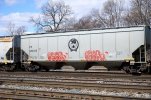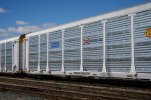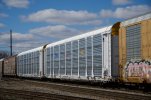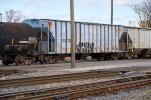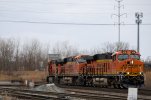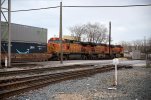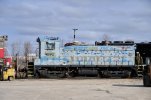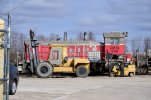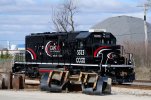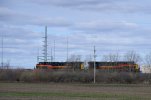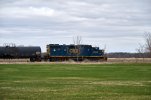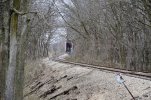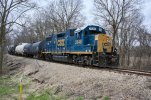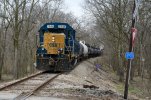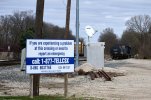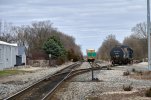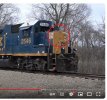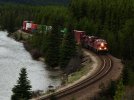richard carr
Western Thunderer
The next 2 train were Metra an east and a west bound, but JB didn't take too many photos of these.
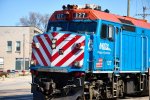
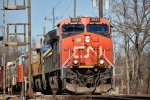
Next was a south bound CN manifest on the J complete with a DPU (Distributed power unit).
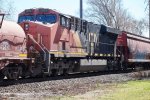
Another UP stack train arrived this time with 5 locos on the front.
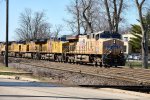
JB just managed to squeeze them all in, there was also another pair of DPUs.
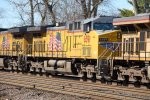
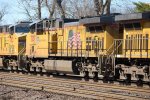
Then another southbound on the J with BNSF power
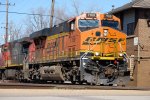
There were more metra but who wants to see photos of those even if it was in CNW livery.
The final train before we left was a west bound UP stack train
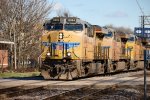
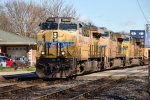
They really did look and sound impressive.
He's a link to the video


Next was a south bound CN manifest on the J complete with a DPU (Distributed power unit).

Another UP stack train arrived this time with 5 locos on the front.

JB just managed to squeeze them all in, there was also another pair of DPUs.


Then another southbound on the J with BNSF power

There were more metra but who wants to see photos of those even if it was in CNW livery.
The final train before we left was a west bound UP stack train


They really did look and sound impressive.
He's a link to the video

